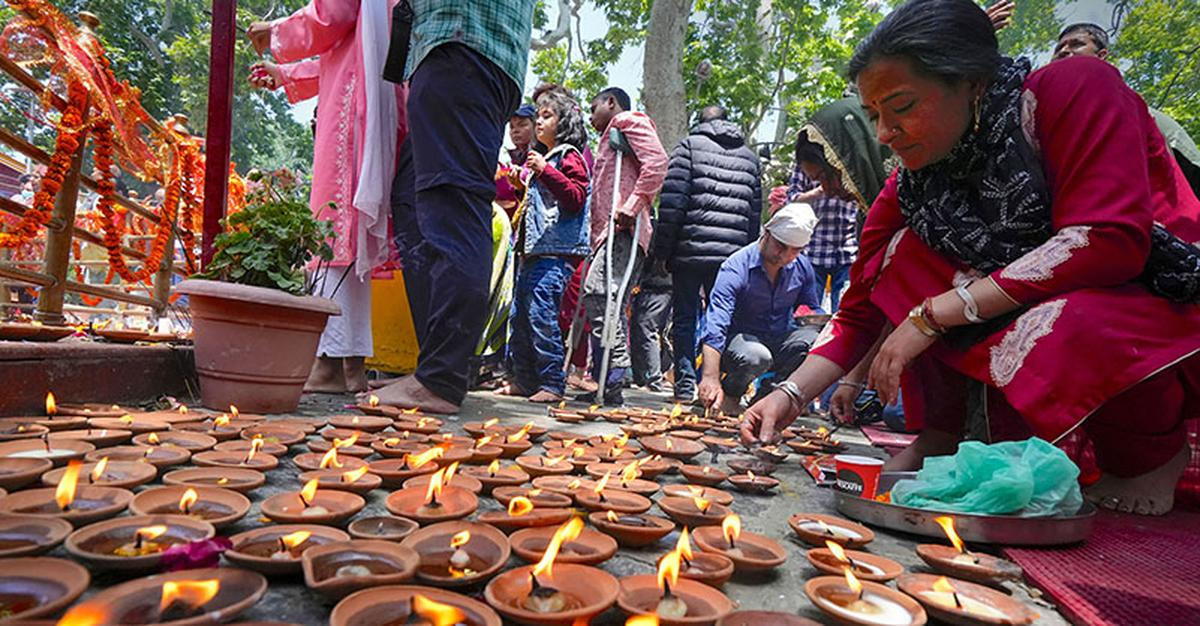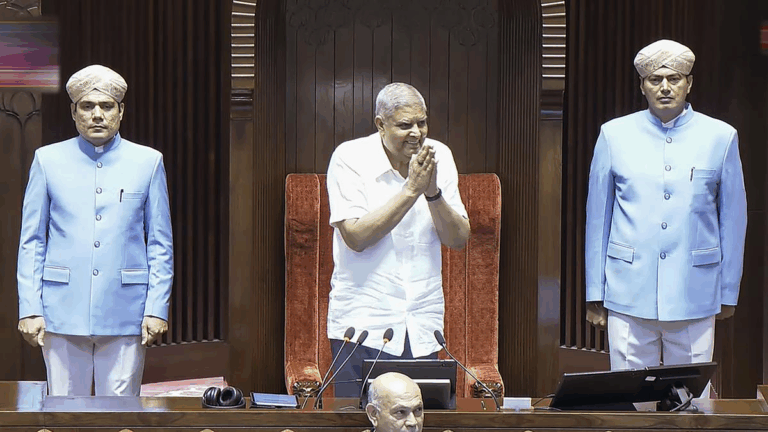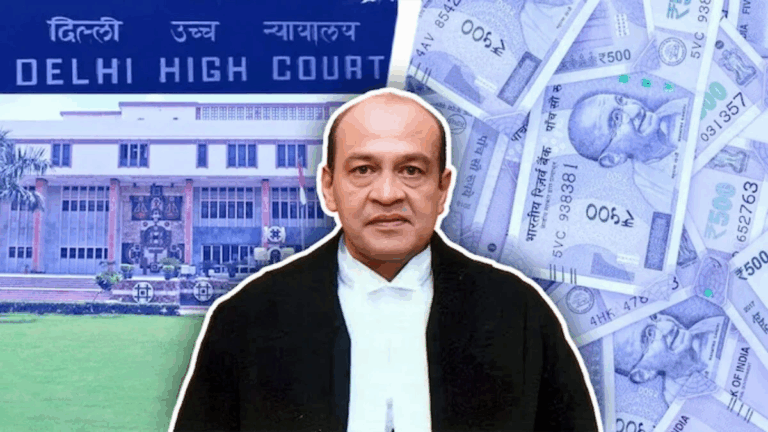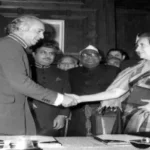Kheer Bhawani Festival: Significance, History and Challenges.
Why in the News?
The recent terror attack in Pahalgam has cast a shadow over the annual Jyestha Ashtami celebrations at the Kheer Bhawani temple, leading to a significant drop in pilgrim turnout. The incident has once again highlighted the fragile security situation in Kashmir and the vulnerabilities of religious minorities.

Background
- The Kheer Bhawani Festival, also known as Mela Kheer Bhawani, is a major religious event for the Kashmiri Pandit community, celebrated annually on Jyestha Ashtami.
- The temple is located in Tulmulla village, Ganderbal district, Jammu and Kashmir.
- Dedicated to Goddess Ragnya Devi, the temple is built atop a natural spring, where devotees offer kheer (rice pudding) as a sacred offering.
- Historical references to the site exist in texts like Kalhana’s Rajtarangini, Bhrigu Samhita, and Abu’l-Fazl’s Ain-i-Akbari.
- Maharaja Pratap Singh originally built the modern structure, with renovations by Maharaja Hari Singh in the early 1900s.

Features
- Spiritual Symbolism: The temple spring, Syandh, is considered sacred and separate from the Sindhu (Indus) River.
- Colour-Changing Spring: The spring water is believed to change colour based on the region’s well-being. Notably, it reportedly turned black in 1990, just before the mass exodus of Kashmiri Pandits.
- Cultural Significance: Serves as a symbol of identity, continuity, and resilience for the displaced Kashmiri Pandit diaspora.
- Community Participation: Local Muslim communities assist with festival preparations, highlighting interfaith cooperation and communal harmony.
- Scale: It is the largest Hindu gathering in the Valley after the Amarnath Yatra
Challenges
- Security Threats: Recurring incidents of terrorism and targeted killings discourage pilgrim participation and threaten safety.
- Communal Tensions: Occasional politicisation of the event and communal polarisation can overshadow its inclusive ethos.
Preservation of Heritage: Maintenance of the temple structure, natural spring, and ritual practices is challenged by declining numbers and infrastructural neglect. - Emotional and Psychological Barriers: For many displaced Pandits, returning to the Valley, even for a religious occasion, brings back trauma and fear.
Way Forward
- Enhanced Security Protocols: The government must ensure safe passage and protection for devotees, especially during high-risk events.
- Rehabilitation Efforts: Strengthen policies aimed at resettling displaced Kashmiri Pandits and restoring trust in local governance.
- Interfaith Engagement: Promote and preserve the tradition of Muslim participation as a model for communal unity.
- Cultural Documentation: Record and promote the rituals, stories, and oral traditions associated with the temple to sustain intangible heritage.
- Tourism and Pilgrimage Infrastructure: Improve basic amenities, transport access, and emergency services for pilgrims at Tulmulla.
- Youth Involvement: Encourage diaspora youth to participate in festivals through community programs, storytelling, and virtual platforms.
Conclusion
The Kheer Bhawani Festival is not merely a religious event; it is a testament to the resilience of a displaced community, a beacon of interfaith unity, and a reminder of Kashmir’s syncretic past. Protecting and promoting such events, amid security concerns and cultural erosion, is crucial to inclusive peace-building in Jammu and Kashmir.
PRELIMS PRACTICE QUESTION
Question. Which of the following statements about the Kheer Bhawani Festival is/are correct?
- It is celebrated by the Kashmiri Pandit community on Jyestha Ashtami.
- The temple is dedicated to Goddess Vaishno Devi.
- The festival takes place at a temple located over a natural spring in the Ganderbal district, Jammu and Kashmir.
- The water of the spring is believed to change colour based on the state of the region.
Select the correct answer using the code below:
A) 1 and 2 only
B) 1, 3, and 4 only
C) 2, 3, and 4 only
D) 1, 2, 3, and 4
Answer: B1, 3, and 4 only
Explanation:
- Statement 1 is correct: the festival is celebrated by Kashmiri Pandits on Jyestha Ashtami.S
- tatement 2 is incorrect: the temple is dedicated to Goddess Ragnya Devi, not Vaishno Devi.
- Statements 3 and 4 are correct: the temple is located over a natural spring in Tulmulla, Ganderbal, and the water is believed to change colour as an omen.







